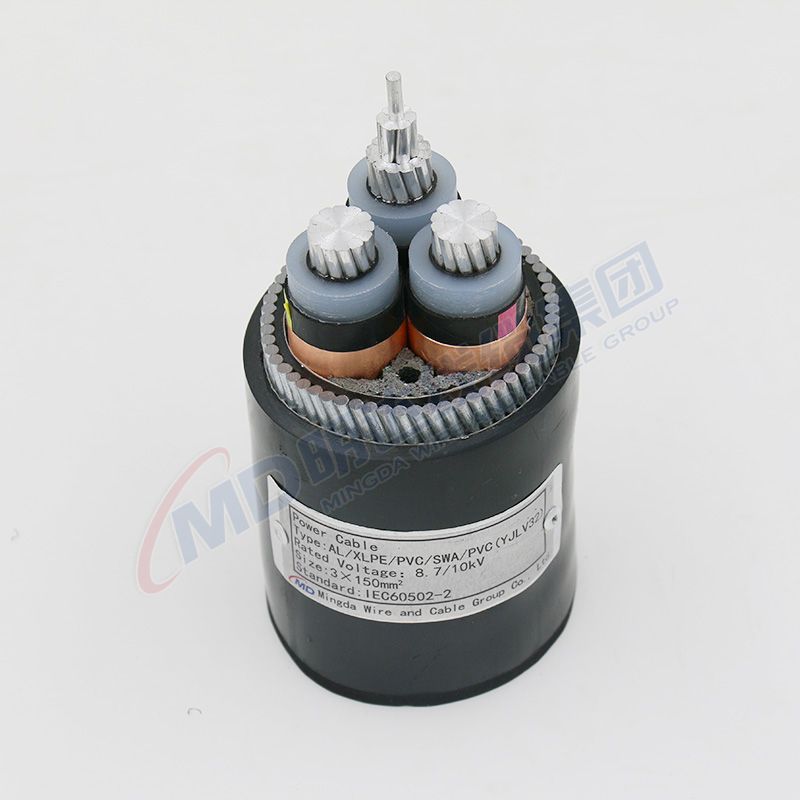Oct . 05, 2024 10:24 Back to list
Flexible Rubber Flange Joints for Enhanced Sealing and Vibration Absorption Solutions
Understanding Rubber Joint Flanges A Key Component in Modern Piping Systems
In the realm of modern piping systems, the importance of flexible connections cannot be overstated. One of the most crucial components that facilitate these connections is the rubber joint flange. This versatile component plays an essential role in plumbing, industrial, and agricultural applications, offering a balance between flexibility and durability. This article explores the characteristics, benefits, applications, and maintenance of rubber joint flanges.
What is a Rubber Joint Flange?
A rubber joint flange is a mechanical device used to connect two sections of piping while allowing for movement and absorption of vibrations. Typically made from high-quality rubber materials, these flanges consist of a rubber sleeve bonded to two metal flanges (usually made from stainless steel or carbon steel) on each end. This unique construction allows for significant flexibility and movement, accommodating thermal expansion, misalignments, and other stresses that pipes may encounter during operation.
Benefits of Rubber Joint Flanges
One of the standout benefits of rubber joint flanges is their ability to absorb vibrations and noise
. This makes them ideal for systems where mechanical noise is a concern, such as in HVAC installations or water treatment plants. Additionally, their flexible nature allows them to compensate for minor misalignments in piping systems, reducing the risk of leaks and prolonging the life of the piping infrastructure.Another notable advantage is their resistance to various types of corrosion and chemicals, depending on the rubber material used. For instance, EPDM rubber is excellent for use with hot water and resistant to ozone, while Neoprene (Chloroprene) rubber is suitable for oil and fuel applications. This versatility ensures that rubber joint flanges can be utilized in a wide range of environments, from residential plumbing to heavy industrial contexts.
rubber joint flange

Applications of Rubber Joint Flanges
Rubber joint flanges are utilized across various industries due to their considerable benefits. In the water and wastewater management sector, these flanges are notable for their ability to absorb surges and vibrations in pumps and pipelines, making them essential for maintaining system integrity. Additionally, in HVAC systems, they connect ductwork and piping, minimizing noise transmission and facilitating ease of maintenance.
In the agricultural sector, rubber joint flanges are often used to connect irrigation systems, allowing for flexible placement and adjustment without the risk of damaging the pipes. Their application is also evident in chemical plants, where they provide safe and reliable connections for pipes conveying corrosive substances.
Maintenance of Rubber Joint Flanges
To ensure the longevity and optimal performance of rubber joint flanges, regular inspection and maintenance are imperative. Users should periodically check for signs of wear, such as cracking, hardening, or displacement of the rubber. Ensuring that the metal flanges remain properly secured and free from rust is equally essential. When any signs of deterioration are noted, prompt replacement should be carried out to avoid potential system failures.
In summary, rubber joint flanges are integral components in contemporary piping systems, providing flexibility, durability, and reliability across various applications. Their ability to absorb vibrations, accommodate misalignments, and resist corrosion makes them a preferred choice in numerous industries. With proper maintenance and regular inspection, rubber joint flanges can significantly contribute to the efficiency and longevity of piping systems.
Share
-
Reliable Wafer Type Butterfly Valves for Every IndustryNewsJul.25,2025
-
Reliable Flow Control Begins with the Right Ball Check ValveNewsJul.25,2025
-
Precision Flow Control Starts with Quality ValvesNewsJul.25,2025
-
Industrial Flow Control ReliabilityNewsJul.25,2025
-
Engineered for Efficiency Gate Valves That Power Industrial PerformanceNewsJul.25,2025
-
Empowering Infrastructure Through Quality ManufacturingNewsJul.25,2025